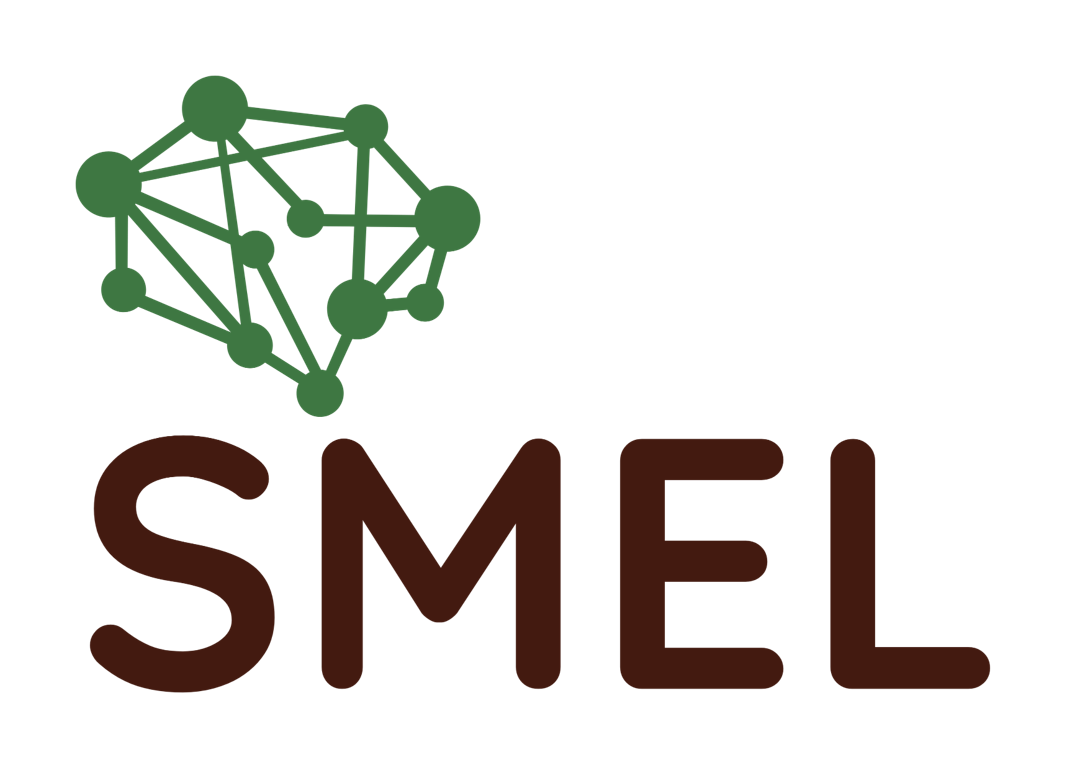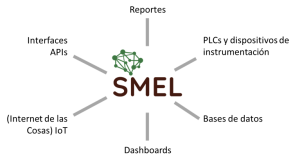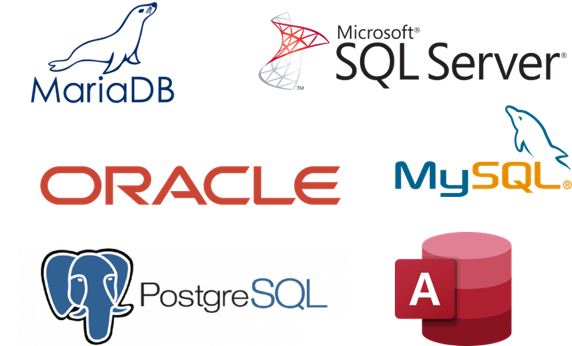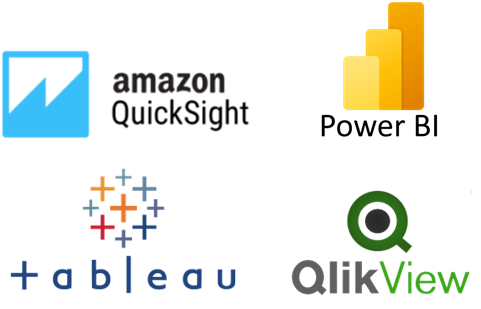
SMEL - Online Monitoring System
Our online monitoring system, SMEL, allows you to connect directly to the instrumentation devices, as well as to existing databases, such as Oracle, MySQL, MS SQL Server, PostgreSQL, MariaDB and MS Access, among others, so that the systems control, maintenance and commercial departments have the tools they need to work and at an affordable cost.
SMEL's integration tools not only allow data to be obtained from different sources, but also to be published to other platforms, thus achieving better integration between systems that improve the overall operation.

Among the main functionalities of SMEL are:
Historical Information
Users can view information from sensors located in different parts of the plant, such as boilers, generators, mills and salmon farms, among others.
Automatic Notifications
Critical and warning thresholds are assigned to the devices for both upper and lower levels, that way operators can perform actions timely when a threshold is reached. One of the advantages of SMEL is that you can customize the type of notification you want to receive, for example an alarm can send an email, an SMS message or trigger a controller to alert visually and/or audibly.
PLC and Instruments Integration
SMEL works as a single source of the truth to avoid duplicated and inconsistent data. We have a series of integration tools to obtain data from sensors, PLCs and instrumentation in general.

Database Integration
SMEL can connect with the main databases to obtain the information already registered or complementary information, such as MariaDB, MS SQL Server, Oracle, MySQL, PostgreSQL and MS Access.
IoT Integration
Thanks to the benefits of industry 4.0, more and more IoT (Internet of Things) components can be integrated, quickly and at low cost. For example, with SMEL you can integrate components that pick up the frequency of a motor to determine its vital signs, and thus to program maintenance before technical issues. The data is logged by SMEL where you can view historical information graphically, send alerts if the frequency has crossed any warning or critical threshold, and view trends through extrapolations.

Dashboards
In addition to providing our own customized system dashboards, we can also connect to the main dashboards in the market, such as Power BI, Qlikview, Tableau and QuickSight, among others.
Third-Party Integrations
Collaboration is key, and this is also true when we talk among systems. For that reason, we have a series of APIs available to achieve integration with other systems, such as maintenance and purchasing, to help companies achieve the operational excellence they need.